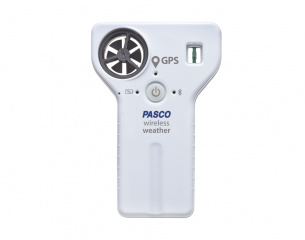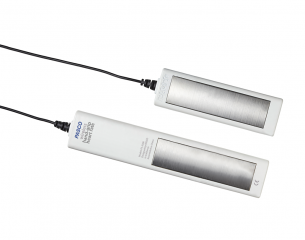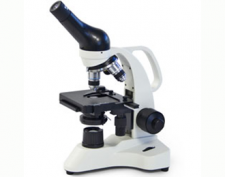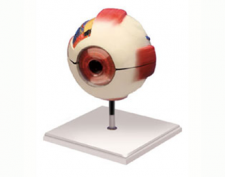Achieve Student Success in STEM.
Capture A Young Mind’s Passion For Discovery.
Elementary students are natural scientists with innate curiosity and a mindset uncluttered by ingrained preconceptions. It is this mindset coupled with an energized passion for discovery that makes STEM based investigative activities so engaging.
How We Can Help
At AYVA we specialize in researched proven teaching practices that inspire students and support the process of science inquiry. Our teacher designed sample lesson plans and curricular resources are supported by student-friendly affordably priced instructional technology and equipment.
Let us show you how you can make the most of your science budget with long lasting traditional laboratory equipment as well as sensor technology that has never been more affordable. We know the Canadian Curricula and the best hands-on solutions for teaching required outcomes. Let us you help you create a more dynamic and engaging science program. If you’re looking for support – either pre or post purchase – we have an incredible range of online and toll-free resources at your disposal.
- Want to know how our Product Specialists can help? – Contact us today!
- Are you looking for great ways to use your Chromebooks, iPads and Smart Phones in the classroom? – Check our our wireless resources.
- Interested in promoting science inquiry with researched based best practices? – View these great white papers.
- Are you in the market for quality microscopes at great prices? – See our line of microscopes.
- Want to know other teachers are saying about AYVA and our products? – Read our customer success stories.
- Want to know what our recommended equipment list is for new schools? – View the new schools checklist.
- Is your school a GLOBE school? – Check out our Globe resources.
- Want to learn more? Browse our catalogues and check out our pricelists.
Complete STEM Lab Stations
Coding Kits
MindLabs
Integrating New Technologies into Your Classroom with PASCO’s Datalogging Sensors
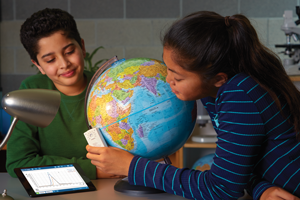
Teaching Light
Teaching Resources
Lesson: Just Passing Through
Video: Wireless Light
Top Product Solutions
Wireless Light
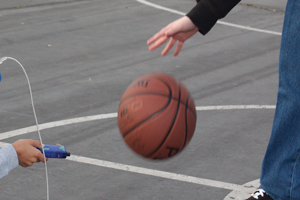
Teaching Sound
Teaching Resources
Lesson: Good Vibrations
Top Product Solutions
Wireless Sound Sensor
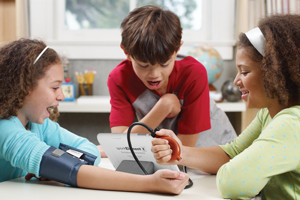
Teaching Human Systems
Teaching Resources
Lesson: Recovery Heart Rate
Lesson: Thermoregulation
Top Product Solutions
Hand Grip Heart Rate System
Wireless Temperature Sensor
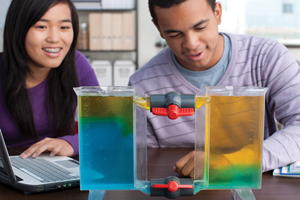
Teaching Matter & Energy
Teaching Resources
Lesson: Mixing Water
Lesson: Energy-Transfer
Blog: Shake it Off
Blog: Popsicle Phase Change
Top Product Solutions
Wireless Temperature Sensor
Wireless Light Sensor
Lab Supplies for Elementary Science
Featured Elementary Science Videos
What is SPARKvue?
Elementary Science Resources Blog
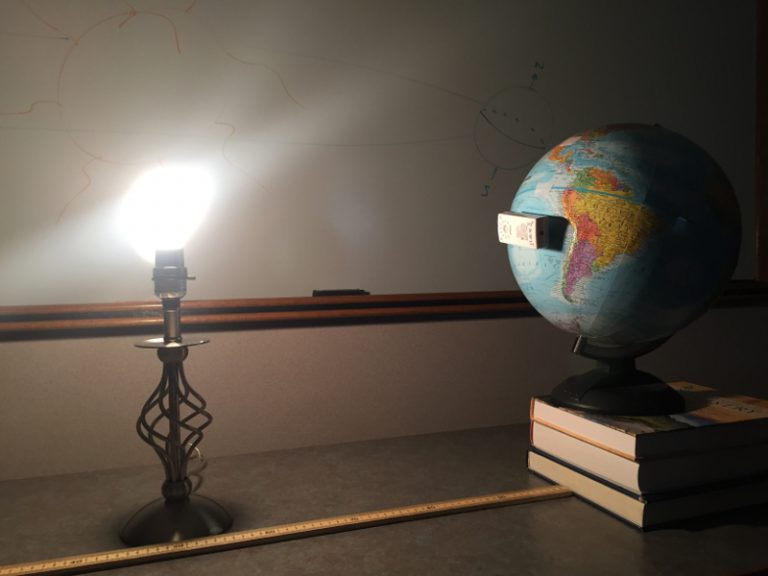
The Reason For Seasons
Students often have the misconception that the distance from the sun is the main factor for the change in season. If that were the case, then the Northern and Southern Hemispheres would have the same seasons at the same time of the year, when in fact they are opposite.
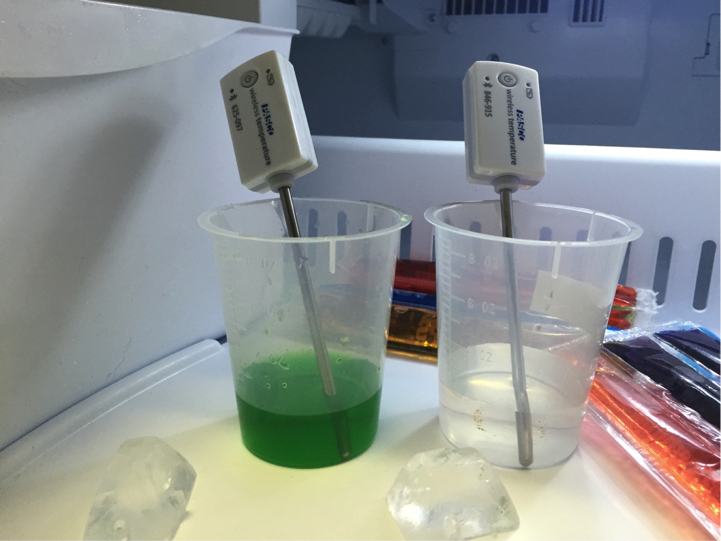
Popsicle Phase Change
Phase changes are an important part of chemistry and physical science curriculum — and Freeze Pops are an important part of everyone’s summer. What better way to take the edge off the summer heat than combining the two to make a cool activity that addresses changing states of matter?
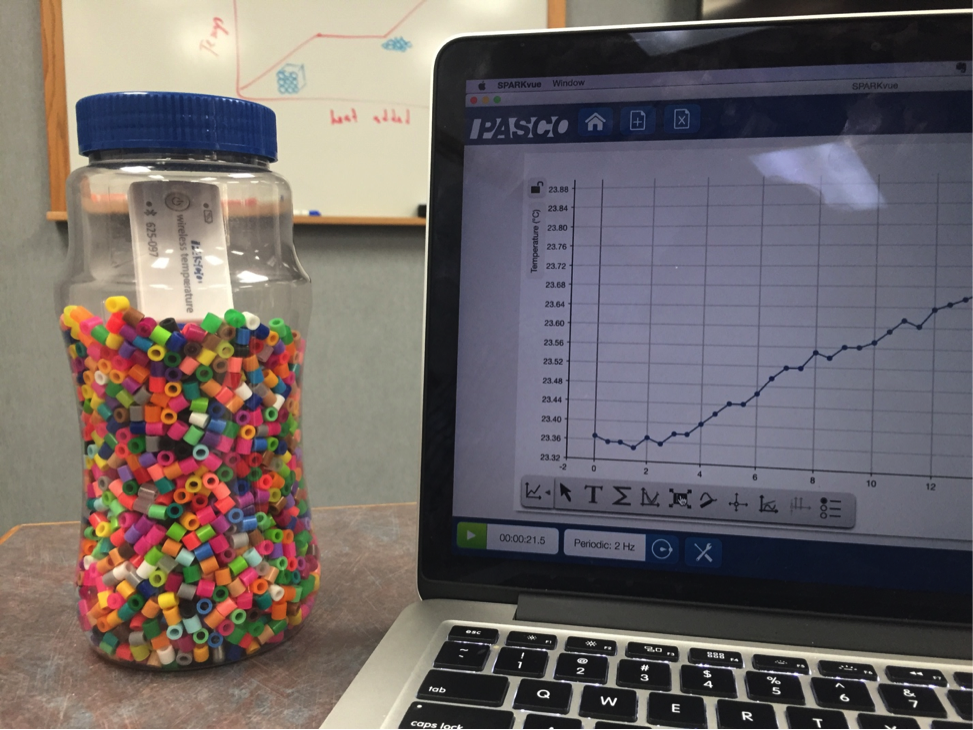
Temperature Misconceptions?
Shake It Off
Most students understand that things get warmer as temperature goes up, but it is in the science lab that we have an opportunity to really help them understand what temperature means.






